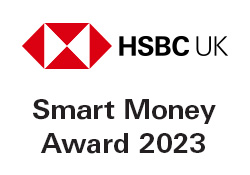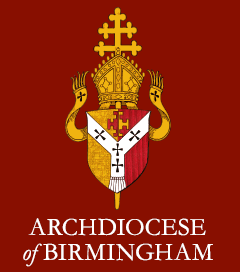Art and Design
Intent
Why do we teach this?
At Our Lady’s we believe that every child must have the opportunity to be creative and develop their own personal styles through a range of artistic experiences. It is our intention to develop children to become future artists and designers by igniting their imaginations and drawing out their personal expressions when creating individual pieces.
Why do we teach it in the way that we do?
We inspire our children to become artists by showcasing the best examples from artists and designers and we teach children that art is a fundamental means of personal expression. We also teach our children that art is not only a practical skill but also provides opportunities for reflection to critically evaluate their own work and the work of others.
Implementation
How do we implement our vision in our school?
We teach the aims of the Early Years Framework (2021) and the National Curriculum (2014) which provides a broad framework and outlines the knowledge and skills taught in Early Years and Key Stage 1 and Key Stage 2.
What does it look like in our classrooms?
Where possible, art and design is taught as part of the termly topics and children are given modelled examples of artists and designers to use as inspiration for their own individual work. All art and design knowledge and skills, detailed in our progression documents, provides children with the cultural capital to use as part of their evidence to answer the ‘Big Question.’ We form children to become competent artists with the following skills:
● Painting
● Drawing
● Textiles
● Printing
● Sculpture
● Digital Media
Children use sketch books to practise their ideas and are taught the skill of evaluating pieces to make improvements.
Impact
Our children enjoy art and can effectively evaluate their designs to make improvements. They are competent to choose which specific skills to use to create the biggest impact for their ideas. By the end of their primary education at our school, the children have been immersed in the work of great artists and can explain what artists have inspired them to create their own pieces. All children make good progress from their starting points and have acquired the knowledge and skills to build on in the next stage of their education.
How do we monitor and review the impact of art and design at our school?
The art and design subject leader uses the following lines of enquiry to assess the impact of the art and design curriculum:
- The profile of art and creativity in Early Years topics.
- Opportunities for creativity in the indoor and outdoor classroom environments in Early Years.
- Art and Design assessment data on Target Tracker (Years 1-6).
- Evidence of the profile of art around our school.
- Evidence of literature about artists and designers in the library, in classrooms and in Bookflix.
- Discussions with pupils and evaluations of their ability to think as artists.
- Discussions with teachers.
- Learning behaviour in the classrooms.
- Culture of art and design across the school.
- Opportunities for extra-curricular activities in art.







